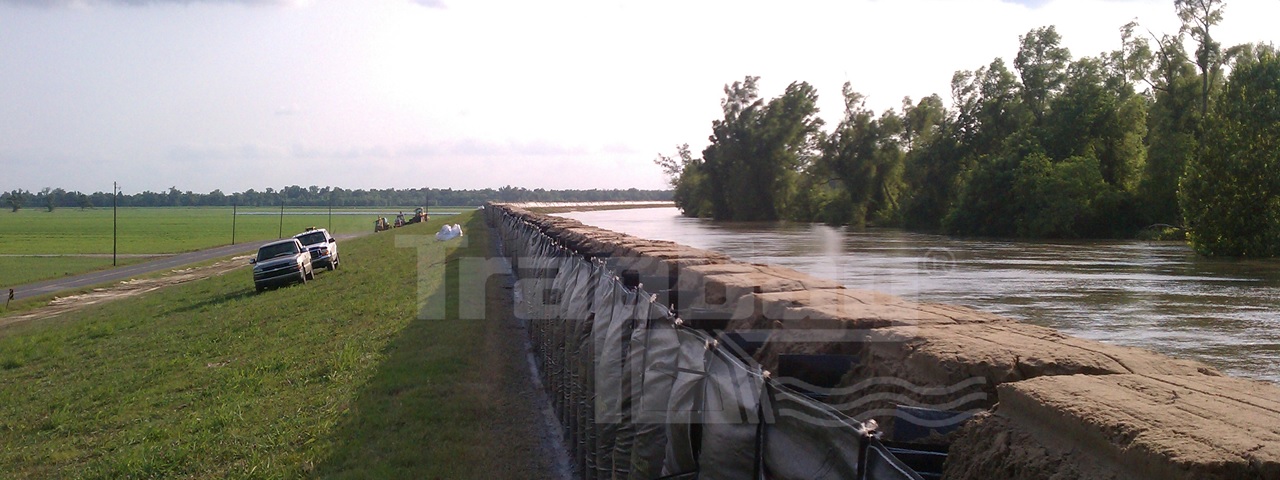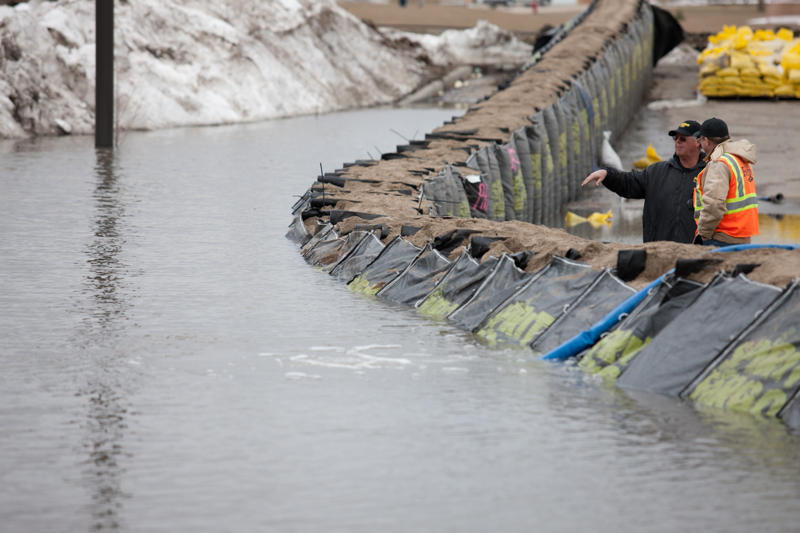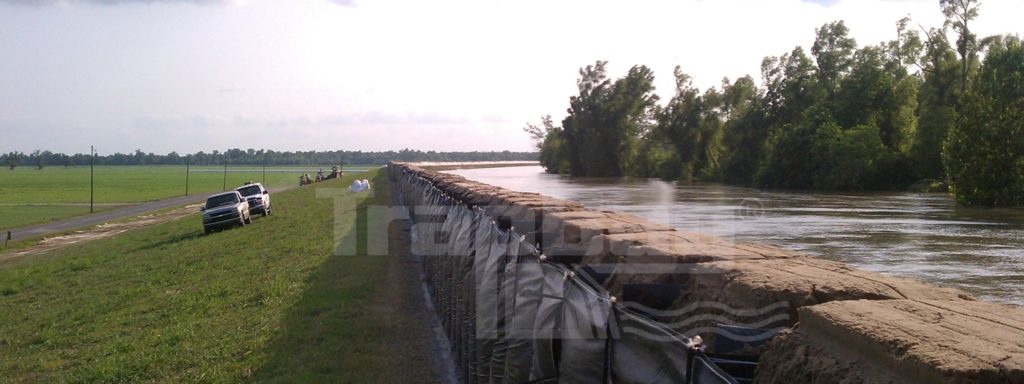Floods cause massive destruction in any area that it hits. Floods occur when water overflows basins, rivers, streams, or any body of water. Most floods happen due to an excessive amount of rain or a rise in sea level.
What happens when a flood happens? How do you respond to it? Learn the fundamentals of floods and what to do about them now so that you are prepared.
Natural Disasters and Flooding
There are many types of floods such as:
- River floods: when water overflows riverbanks
- Coastal floods: occurs when dry land overflows – usually in coastal regions
- Flash flood: a sudden storm outburst in weather abnormalities
- Inland: flooded regions such as highways, towns, and urban areas
All types of floods are disastrous and, most times catastrophic – destroying infrastructure, livestock, agriculture, and human life. The leading causes for floods are natural disasters:
- Hurricanes: a mixture of wind exceeding 75 miles per hour and rain
- Tsunamis: freak waves crashing onto dry land brought on by landslides, earthquakes, or ocean disturbance
- Cyclones: low atmospheric pressure caused by counterclockwise or clockwise winds
- Heavy rainfall: rainfall that pours more than 150 mm
Densely populated areas and low-lying ground are most at risk for flooding, among other factors.
Phases of Disaster Response
In the case that a flood becomes life-threatening, the government takes specific precautions to get everyone to safety as quickly as possible:
1) Warning and Evacuation
Alerts are sent out electronically. Usually, an alert comes first before an order. This is the time to gather a 72-hour bag. Once an order gets sent out, it is time to leave immediately.
2) Search and Rescue
This is where the government sends out rescue helicopters or planes to search for anyone in an immediate life or death situation.
3) Immediate Assistance
Immediate assistance teams such as nurses, doctors, and assistive workers come to the site and help whoever is in need.
4) Assessing Damage and Restoration
Damage assessment requires a professional team coming in to scope out how much damage a flood has caused. Damage and restoration are determined by typology, hydrological factors, physical features, and infrastructure.
Before sending out the first alert, the government will try to prevent flooding from escalating by keeping an eye on it through mitigation. If the flood is unmanageable, they prepare a plan, send out a response, and once everyone is safe, they try to recover what has been lost.
What is Flood Response?
A flood response includes a team of professional personnel to assess the damage, communicate with appropriate parties (such as the military) to create a compelling and immediate response plan.
Response planning minimizes the chances of trauma, injury, loss of life, and preventative property damage. The goal is to get everyone out of immediate danger to plan for the next steps effectively.
Flood Response Fundamentals
During a flood, ensure you keep updated around the news for evacuation alerts. Keep away from low-ground areas, and stay inside as much as you can. After a flood, it is okay to return home after authorities have instructed you to do so.
Prepare for the shock you might come home to, and wear protective clothing before entering your home. Keep in mind that animals may reside in your house and do not wade in the water. Other considerations include:
- Clean mold growth
- Dispose of any debris in and around your house
- Check underground storage tanks
- Turn off and unplug all power sources
- Take your belongings off the ground
- Do not drive during a flood as one foot is high enough to float a vehicle
- Be mindful of soft soil eroding underneath you
- Clean and disinfect your home
- Be prepared for hidden damage upon entering buildings
- Continue listening to the news throughout the experience
Best Strategies to Respond to Floods
Besides waterproofing your home and purchasing flood insurance, there are temporary and quick fixes to preventing flood damage:
- Clean downspouts and eavestroughs
- Clear debris (leaves) from drains on the road
- Install a sump pump
- Avoid laminate flooring
- Use sandbags
- Apply sealants
- Turn off water lines
- Shut off electricity
If your house is flooded or has water damage even after preventative measures, ensure your sump pump is working correctly, and double-check your downspouts are directed away from the house. You can use shop vacuums to drain indoor water quickly.
Temporary Flood Barriers
Temporary flood barriers are movable or portable flood bags designed to protect buildings from water overflow. Flood barriers are used in towns where communities depend on access to a river. Water barriers are lightweight and replace the labor and protection of sandbags.
Temporary Levees
During a flood, temporary levees consist of strategically set sandbags to direct the water away from towns and cities. Typically, a levee is built parallel to a river to prevent the water from rising higher than dry land and overflowing into communities.
Temporary Dams
Temporary dams consist of a waterproof barrier used as a wall to prevent damage caused by flooding. Temporary dams are called cofferdams and come in different types and sizes.
The single wall blocks 6 meters of water but is only suitable for moderate water flow. Double-wall dams are double the size and are temporarily used for large areas. Dams can be filled with sand, water, rock, and other material to prevent flood damage.
TrapBag Barriers for Flood Response
TrapBags are similar to sandbags but are easier to use and are the most significant temporary response for a quick flood solution. You can use TrapBags anywhere and with any other temporary solution for emergency flood response. They make levees sturdier, dams more supportive, and can be used as homemade dikes.
Here are a few of the benefits of using TrapBags:
- Set up is quick and easy
- It takes less sand than sandbags to fill
- Better and stronger material
- Durable
- Versatile
- Adaptable
- Flexible
Prevent Your Next Flood Today with TrapBag
TrapBags are your next go-to solution when it comes to preparing a flood emergency response plan. They will protect homes, essential buildings and save communities tons of money on repairs afterward.
TrapBags last up to five years (longer than a sandbag) and come in different sizes. For a more permanent solution, you can fill them with cement. TrapBags are the ultimate preventative measure as it has its many uses, including:
- Beach erosion
- Storm surges
- Homemade cofferdams
- Gravity walls
- A better alternative to sandbags
- Spill control
Browse TrapBags online for an immediate, easy-to-install, preventative fixture that can be used as anything you need to stop a flood in its tracks, or contact us today to get started.




